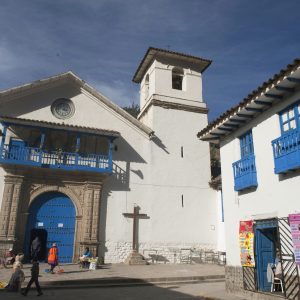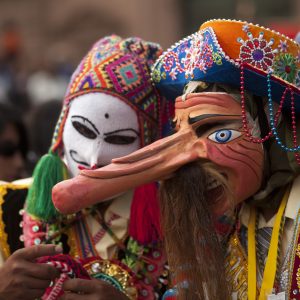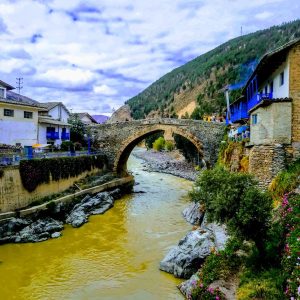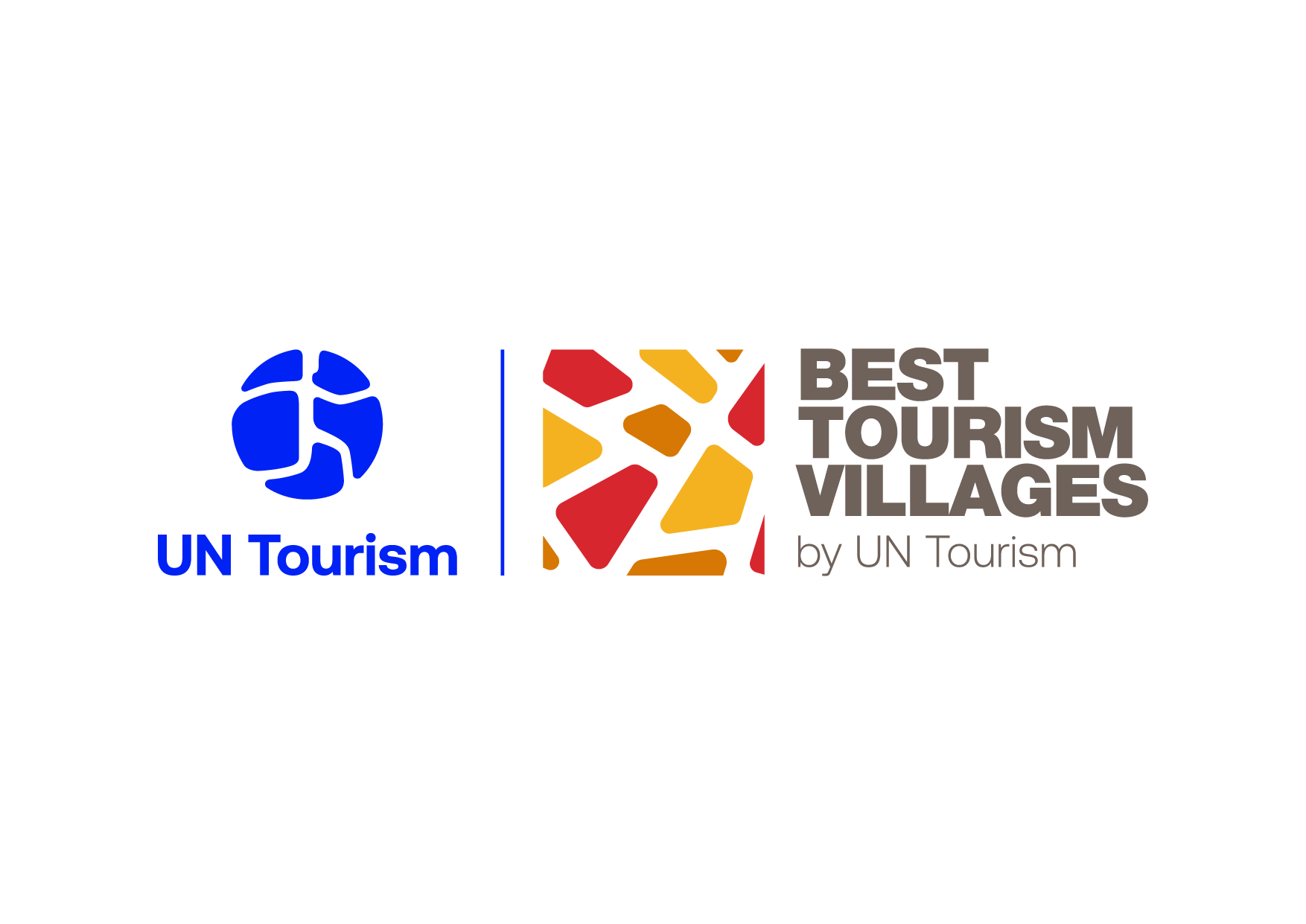Paucartambo is a town located in the South Andean region, which has succeeded in preserving its architecture, culture and traditions. Their commitment, in this respect, can be appreciated by walking through its narrow and stony streets, its squares and houses with traditional balconies.
Paucartambo is considered as the folkloric capital of the region, for its magnificent history and mixture of cultures. It is worth mentioning the 17th century temple dedicated to the Virgin Mary, whose main altar is of neoclassical style and a silver plated finish. Another architectural jewel is the imposing colonial bridge made of lime and stone “Carlos III”, an built by order of King Carlos III of Spain in 1775.
The Virgen del Carmen de Paucartambo was recognised as the “Patron Saint of folkloric dances” in 1972 and was honoured by Pope John Paul II in 1985. In 2006, the “Fiesta de la Virgen del Carmen de Paucartambo” was declared a Cultural Heritage of the Nation, because this festival reflects syncretic elements of the culture of the Peruvian Andes, and shows the rich diversity of music & dances, textile art, embroidery, mask making, among other elements corresponding to the South Andean region.
Additionally, Paucartambo is home to one of the most important high Andean communities, the community of the Q’eros also known as the guardians of the wisdom of the Andes. Considered the “Last Inca Ayllu”, or the last Inca community in Peru, the Q’eros strive to preserve and promote their indigenous cultural and ethnic identity. The Q’eros Nation has been designated as a “Living Cultural Heritage of the Nation” for the continuity of their ancient Andean traditions.
Furthermore, Paucartambo is located in an area rich in biodiversity and natural landscapes. You can explore the cloud forest of Kosñipata, where diverse species of wild flora and fauna can be found. It is also home to archaeological remains of the Inca culture. You can visit the military complex of Puca Pucara, which is shaped like a red fortress. You can also appreciate the Chullpas of Ninamarca, which are funerary monuments of cylindrical or square shape and visit the viewpoint of Tres Cruces de Oro, where you can see one of the most spectacular sunrises in the world. From this place you can see the changing colours of the sky and the impressive view of the cloud forest of the Manu National Park.
HIGHLIGHTS
-

Experiential Tourism: The Q'eros Community
Tourism in the village of Paucartambo generates a great economic impact for the families, as it allows them to directly contribute to better opportunities by preserving their ancestral practices and complementing the economic activities of the area. Likewise, the Q’eros community, by means of experiential tourism, shows its traditional textile techniques through manual work with alpaca wool and daily life activities. Similarly, with potato production, the villagers show visitors the Andean customs related to the planting and harvesting of the high Andean product.
Through these traditional activities, the local communities preserve their culture and have high connectivity between the environment where spirituality and respect between man and Pachamama (the Earth) becomes an unforgettable experience, creating spaces for the exchange of knowledge.
-

Support for entrepreneurs
Through festivals and fairs, the local government promotes the participation of micro and small enterprises, promoting employment generation and sustainable local economic development.
The association of weavers Chunchu Pallay is the most representative of the village of Paucartambo. It is led entirely by women, who have ancestral knowledge of Q’ero weaving.
The cultural revaluation of textiles, as well as the generational transmission, has become very important in the village’s tourist activities Subsequently, more opportunities have been provided for young people, who are learning these traditions and the provision of tourist services offered to visitors, to access education. This is considered as a fundamental step towards preserving and revaluing their culture.
-

Digitisation underway
Tourism service providers, as well as the community of Q’eros, have begun to digitise their tourism resources and are already present on the websites of major international tour operators. Likewise, they are on the distribution channel of “Ytuqueplanes”, a PromPerú platform that provides options for visiting Peru’s tourist attractions and collects information on visitors’ experiences.
Entrepreneurs, traders and artisans have electronic payment platforms such as yape or tunki. On the other hand, the “Ruraq Maki” programme, developed by the Ministry of Culture, offers them the possibility to showcase their handicraft products on a virtual sales platform.

